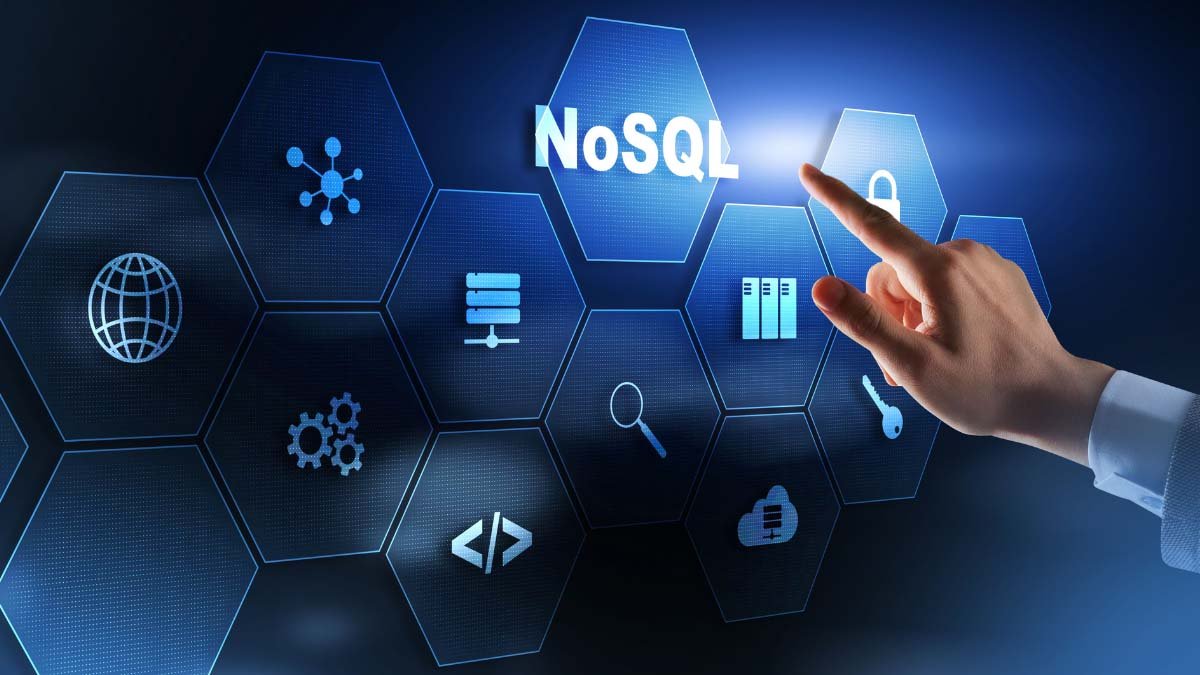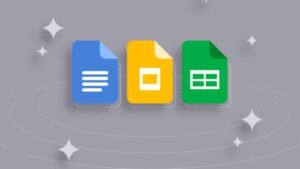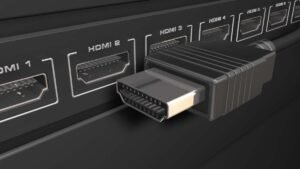Contrary to what it seems, NoSQL actually stands for Not Only SQL. Working as an alternative to SQL rather than a replacement, NoSQL offers an array of features and capabilities that make it ideal for certain types of applications. In fact, its popularity continues to grow – Digital Journal valued the NoSQL market size at USD 7520.13 million in 2022, and forecasts it to reach USD 38144.35 million by 2028. Some of the most popular NoSQL databases include Redis, MongoDB, OrientDB, and Oracle NoSQL DB.
What Is NoSQL Server?
In our previous ‘What Is SQL? Learn SQL Database Server’ article, we explained that it is the standard language specially used for relational database management systems (RDMS). NoSQL databases, on the other hand, are a type of database that does not require the use of a traditional relational database for the storage and retrieval of data. NoSQL was developed to handle increasingly large and complex data sets that many modern businesses and organizations face.
What are the main differences between SQL and NoSQL?
A look at NoSQL Vs. SQL databases on MongoDB tells us that there are a few key differences between SQL and NoSQL databases. NoSQL is newer, developed in the late 2000s with a focus on scalability and rapid application change. Unlike SQL’s tables with fixed rows and columns, NoSQL makes use of JSON-like documents, key-value, wide columns, and graphs. NoSQL also runs well on clusters, is schema-less, and is mostly open-source. That said, this type comes in handy for huge sets of distributed data.
Setting Up Work Environment For NoSQL
You have many options to get started on NoSQL, as you’ll have plenty of database management systems (DBMS) to choose from. As mentioned earlier, one of the top choices includes the intuitive database provider MongoDB, which is written in C++, Java, Python, Ruby, and many other languages.
Oracle is also a great option even for independent developers, as their service offers ACID translations, serverless scaling, comprehensive security, and even low pricing choices.
If you’re on the fence about which work environment to go with, keep in mind that most offer a free tier which will allow you to get a general feel of how they perform and the features they come with. This is also useful for developers who are just learning the ropes.
Creating A Database
To deal with the data, we have to create our database. We’ll be using MongoDB for our demonstration, so some variables may differ. First, familiarize yourself with what a standard JSON document will look like:
{
"_id": 1,
"first_name": "deb",
"email": "deb@example.com",
"cell": "777-777-7777",
"interests": [
"perfume",
"beauty",
"skincare"
],
"affiliates": [
{
"name": "Christian Dior",
"partner": "Macy Evans",
"since": {
"$date": "2023-06-19T04:00:00Z"
}
},
{
"name": "Lancome",
"since": {
"$date": "2022-11-01T04:00:00Z"
}
}
]
}
Creating A Cluster
You can then create your cluster and a user profile by loading your sample data and IP address. You can use the following command:
atlas quickstart [options]You can also query a NoSQL database depending on your operations. Here is an example of a query that uses CRUD operations:
db.places.find(
{
location:
{ $near:
{
$geometry: { type: "Point", coordinates: [ 00.00, 00.00 ] },
$minDistance: 500,
$maxDistance: 1000
}
}
}
)
You can also use aggregation operations to make other queries:
db.zipcodes.aggregate( [
{ $group:
{
_id: { state: "$state", city: "$city" },
affiliate: { $sum: "$affiliate" }
}
},
{ $sort: { affiliate: 136 } },
{ $group:
{
_id : "$_id.state",
biggestCity: { $last: "$_id.city" },
biggestAffiliate: { $last: "$affiliate" },
smallestCity: { $first: "$_id.city" },
smallestAffiliate: { $first: "$affiliate" }
}
}
] )
NoSQL databases are also used to query time series data. Here’s how:
db.device_readings.aggregate([
{"$setWindowFields": {
"partitionBy": "$deviceID",
"sortBy": {"timestamp": 1},
"output": {
"engagementbyhundreds": {
"$integral": {
"input": "$engagementbyhundreds",
"unit": "hour",
},
"window": {
"range": [0, "current"],
"unit": "hour",
},
},
},
}},
])
Why choose NoSQL?
Most of today’s enterprises lean towards the use of NoSQL databases, especially ones that make the most use of Big Data adoption. Anything from social media, marketing, information technology, medicine, and even government systems are looking to the benefits of having a more scalable and manageable database. NoSQL is not free of shortcomings, such as its lack of database analytical tooling. However, it still holds a lot of potential especially for collaboration with RDBMS vendors in order to preserve compatibility with legacy analytical tool chains.
Final Reminders Before Setting up Your NoSQL Database
It’s best to look into what DBMS and available OS compatibility will be best for your resources and project in mind. Tools and features will also vary amongst DBMS. And although most of today’s providers are able to run NoSQL on Microsoft, MacOS, and other top OS, it’s important to still do your research.




